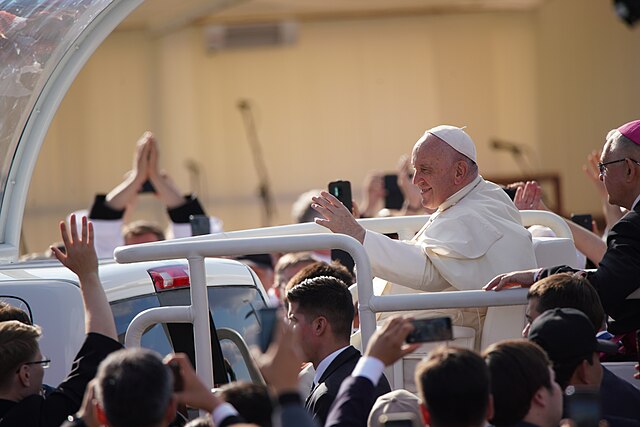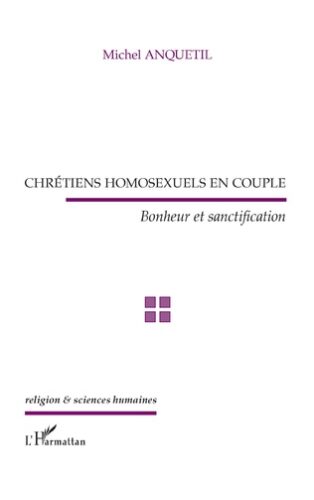The church continues to mourn the loss of Pope Francis, our pope and pastor. He leaves behind a legacy of love that is visionary, groundbreaking, and transformative for the Catholic Church. He led the church through the vision of Vatican II that read the signs of the times through the lens of Gospel love and mercy. His first encyclical, Laudato Si’, a landmark work, called the world to hear the cry of the earth and the poor. He insisted that we pay attention to the degradation we reaped upon our common home and to the social and economic injustice that it brought to the poor and marginalized.
In his apostolic exhortation, Amoris Laetitia, he sought to extend the conversation and deepen the reflection on the complexities and concerns of the diverse structures of contemporary families. Despite the dubia, or formal “doubts” submitted to the Holy See, sent against this document, the work fearlessly underscores that God’s love and grace are the foundation for all of the church’s ministry. Ultimately, Pope Francis in his exhortation wanted to take a pastoral approach by respecting and accompanying all families on their journey to God with compassion, mercy, and understanding.
Francis wanted to “widen the church’s tent” and show that all the People of God are included in God’s loving embrace.
Perhaps his most daring and transformative work in the mission of Vatican II is the Synod on Synodality. Francis’ aim was to change our way of being “church.” He brought together clergy and laity, men and women, and even those with opposing positions, in order that everyone may listen to each other and hold conversation about the seemingly difficult topics of women’s roles in leadership in the church, the LGBTQ community, married priests and divorced and remarried couples. Despite the ongoing work of the Synod, Francis wanted to “widen the church’s tent” and show that all the People of God are included in God’s loving embrace.
Fiducia Supplicans is another hallmark of Pope Francis’ papacy that nevertheless received negative responses. Although its reception was not entirely positive, Pope Francis defended this pastoral declaration on blessings for couples in irregular situations (including same sex relationships) in order to show God’s love and mercy to those in different relationships. This pastoral document does nothing to change church doctrine concerning the sacrament of marriage, but it expresses a gesture of love and compassion that Francis wanted the church to bring to those on the margins.
Francis viewed the church as a ‘field hospital,’ going to the margins bringing healing by means of love, mercy, and care for the poor, the migrant and the dispossessed.
I personally remember the powerful effect of introducing this document to my students in my seminar about the Catholic intellectual tradition. At that time, we had been reading an excerpt from Fr. James Martin, S.J.’s book Building a Bridge: How the Catholic Church and the LGBTQ Community Can Enter Into a Relationship, Compassion, and Sensitivity. While the students were pleased with the book itself, they nevertheless had valid concerns about the church’s position on LGBTQ individuals and their relationships. Every student in the class had a friend or family member who was LGBTQ and a number of the students had parents who were divorced and remarried. Some of these students self-identified as disaffiliated from the church because of its views on these relationships. After this discussion, I introduced them to Fiducia Supplicans. The students then read and discussed the text, to which they responded positively and saw it as the church being welcoming and inclusive. I like to think this response from my students was what Francis intended—a pastoral way for the church to express love and mercy like Jesus and bring people deeper in their faith.
Francis viewed the church as a ‘field hospital.’ He wanted the church to go to the margins bringing healing by means of love, mercy, and care for the poor, the migrant and the dispossessed. He spoke out about the wars in Ukraine and the Middle East and criticized Trump’s policy on immigrants. Francis urged Catholics to show compassion and care for the immigrant and at Lampedusa he railed against indifference to the suffering of others. His voice, filled with love and care, spoke loudly for those who had no voice.
His gestures, like the sacraments, symbolized the love and mercy he wanted the church to bring to the world.
His gestures, like the sacraments, symbolized the love and mercy he wanted the church to bring to the world. For example, he was the first pope to take the name of Francis, after St. Francis of Assisi. Like his namesake, Pope Francis chose simplicity and humility in all that he did. When he was elected pope and stepped out onto the balcony, he asked the people to pray for him. Additionally, he chose to live in the Vatican’s guesthouse instead of the Apostolic Palace, and he chose a simple burial at the Basilica of Santa Maria Maggiore rather than St. Peter’s Basilica.
His personal encounters with people and his desire to be with them is one of the things that I will remember most. He held, embraced, and blessed the children he met wherever he travelled. When asked about a gay priest, his pastoral response ultimately became famously well-known—“Who am I to judge?” He washed the feet of women and prisoners on Holy Thursday. While in the hospital with double pneumonia, he continued to call a Catholic parish in Gaza each night. Francis loved being with his flock. Even in his final days when his health declined, he nevertheless made himself present to the crowds during the joyous celebration of Easter. His example, especially right before his death, showed me what it means to bring love into the world and “become the Word in body as well as spirit.” As a testament to this, just before he died, he thanked his nurse for bringing him to the people.
In his last encyclical, Dilexit Nos, Pope Francis wrote that the heart, rooted in the Sacred Heart of Jesus, is the core of our humanity and the source of our ability to love. As our pope and pastor, he lived, wrote about, modelled, and exuded that love for all of us. “Todos! Todos! Todos!”




